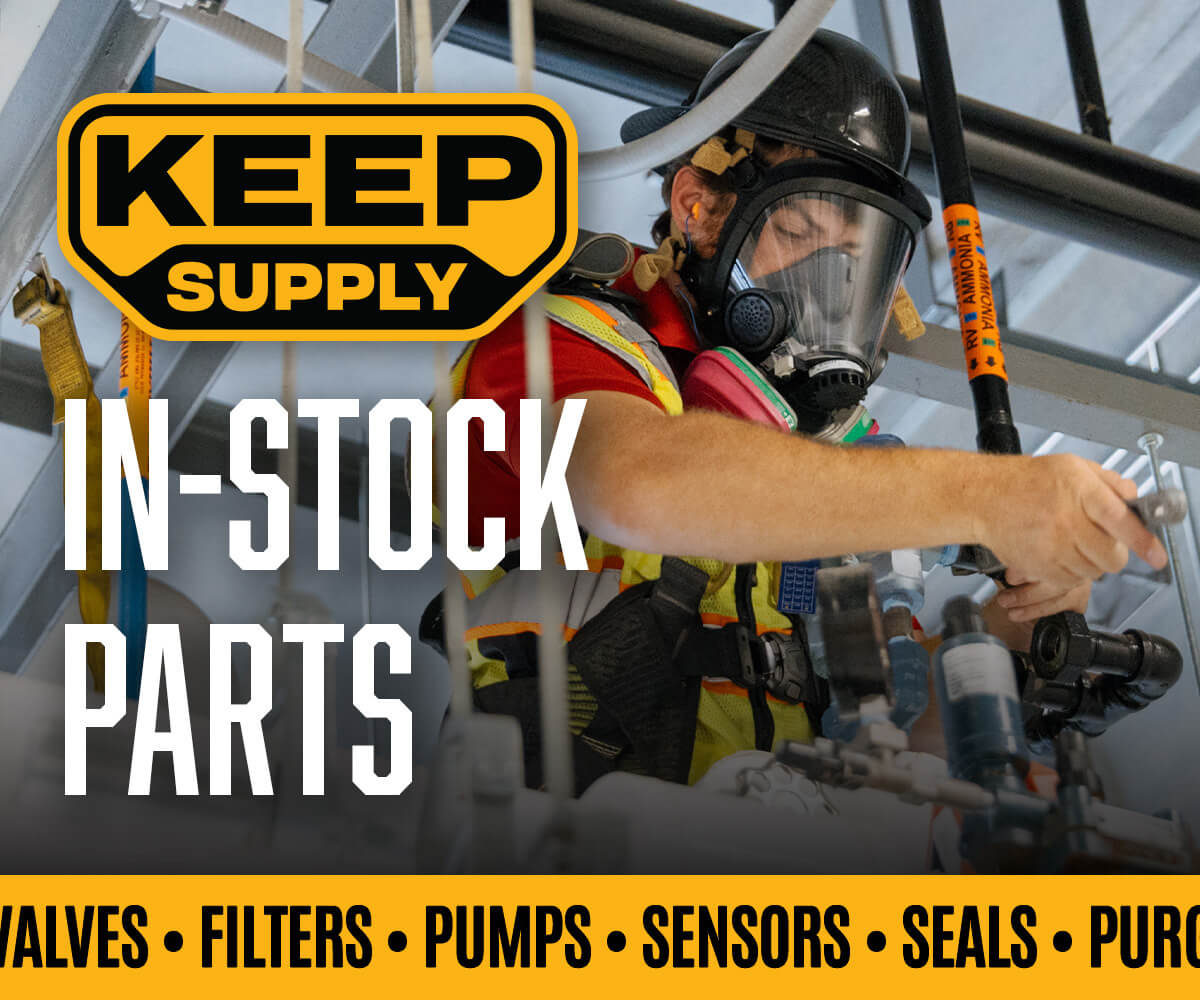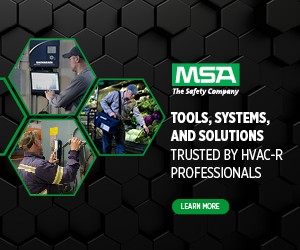Implementing Real-Time Profitable Safety
Real-time profitable safety is driven by dynamic production forces within a plant, such as higher levels of power consumption, use of raw materials and increased production team activity.
– Peter G. Martin, a PhD and industrial engineer.
“Even though everyone has good intentions, production usually wins out as a focus [with safety as a supporting priority] unless you’ve created a culture where production and safety are one in the same,” said Gary Smith, president and co-founder of the Ammonia Safety and Training Institute.
But improving safety has a direct correlation to the bottom line, and the idea of real-time profitable safety can create a 3 to 5 percent improvement in earnings, said Smith. “When the team has a safe operating environment, it allows them to produce more. The idea that safety and profitability go handin-hand presents a genuine opportunity for each function to supplement the other, boosting both,” Smith said.
Real-time profitable safety is driven by dynamic production forces within a plant, such as higher levels of power consumption, use of raw materials and increased production team activity, according to Peter G. Martin, a PhD and industrial engineer.
Martin, who serves vice president of Schneider Electric, headquartered in Boston, said the safety of people, equipment, facilities and the environment is becoming increasingly important in industrial operations, in part, because executives are increasingly aware that safety is directly linked to profitability.
As part of the day-to-day operations in the industrial refrigeration industry, the safety manager should be an active member of the production team, which helps to make safety and production a combined concern of the entire management team. “Make sure they are actually a member of the production team so when they have the need to make a decision related to safety, they have the authority to do so,” Smith said.
Martin has recommended that the traditional vertical hierarchy of safety spending approval be replaced by horizontal leadership empowerment and funding authority to maintain a safe and productive work environment. “The production manager and safety manager can work together,” Smith said.
Profits increase when workers are supported by effective managers who set a priority on maintaining a clean and safe work environment. Smith pointed to one incident he witnessed when he served as fire chief – where he was involved in a serious fire that started as an arc in a panel and grew into a full structure fire because of poor housekeeping and large amounts of goods stored within the mechanical room.
“Sometimes those habits of not keeping things clean and organized, or ready for an emergency, can cause a small problem to lead to something big,” Smith said. “When you’re keeping things squared away and organized and things are operating smoothly, you’ll see when something out of the ordinary starts to happen. It could be a minor leak or a gasket or a seal on an ammonia pump or it could be something more significant. In either case the operator knows that the problem needs to be fixed before the small problem suddenly grows to cause need for emergency response.”
Management should also closely monitor storage load capacity, scrutinize room temperatures and address mitigation. “There are things you engineer or design into the system to reduce the potential for a problem to become a significant issue,” Smith said.
Having barricades or safety guards are one way to mitigate a potential problem, as are early warning devices that can alert employees to an issue before a problem arises. “The operations team must also be trained to engage the plant emergency plan without delay, so when something does go wrong, you know what to do and can stop the problem when it is small,” Smith said.
Martin said executives are typically willing to invest in approaches that measurably improve profitability, but, traditionally, the payback for safety measures is not always obvious. By embracing a new way of thinking about measuring and improving safety and embracing real-time profitable safety principles, the organization will improve safety, resulting in better working attitudes around safety and higher levels of commitment to all plant management goals.















